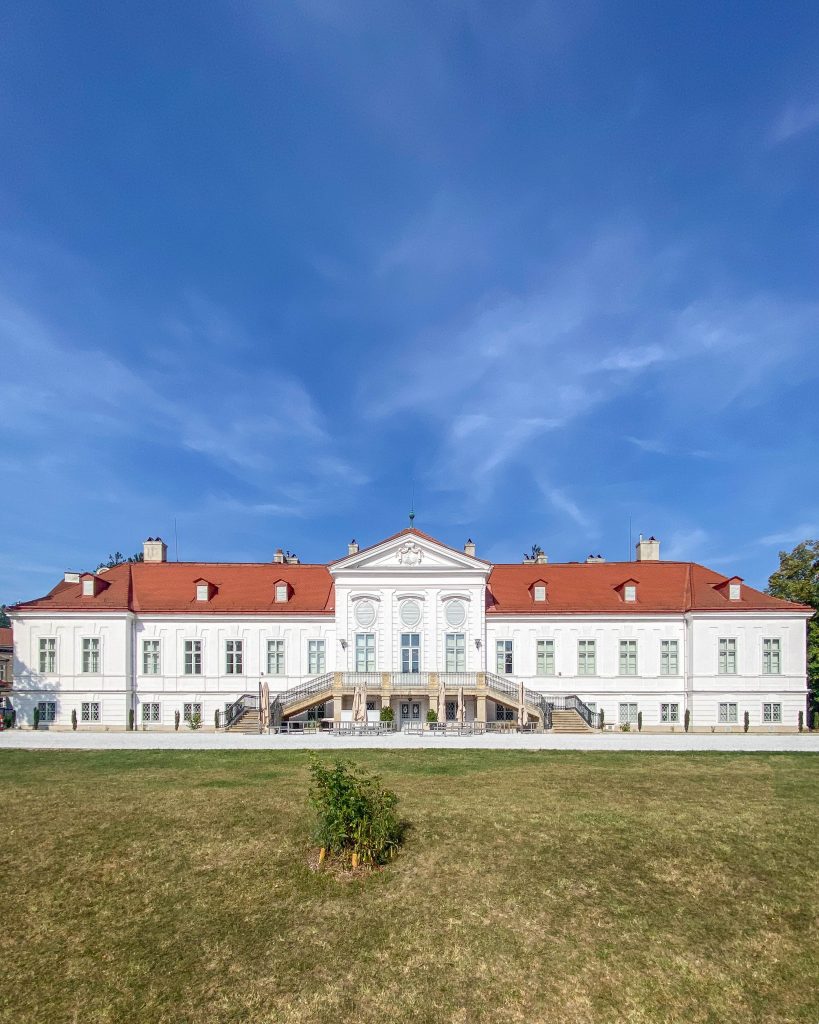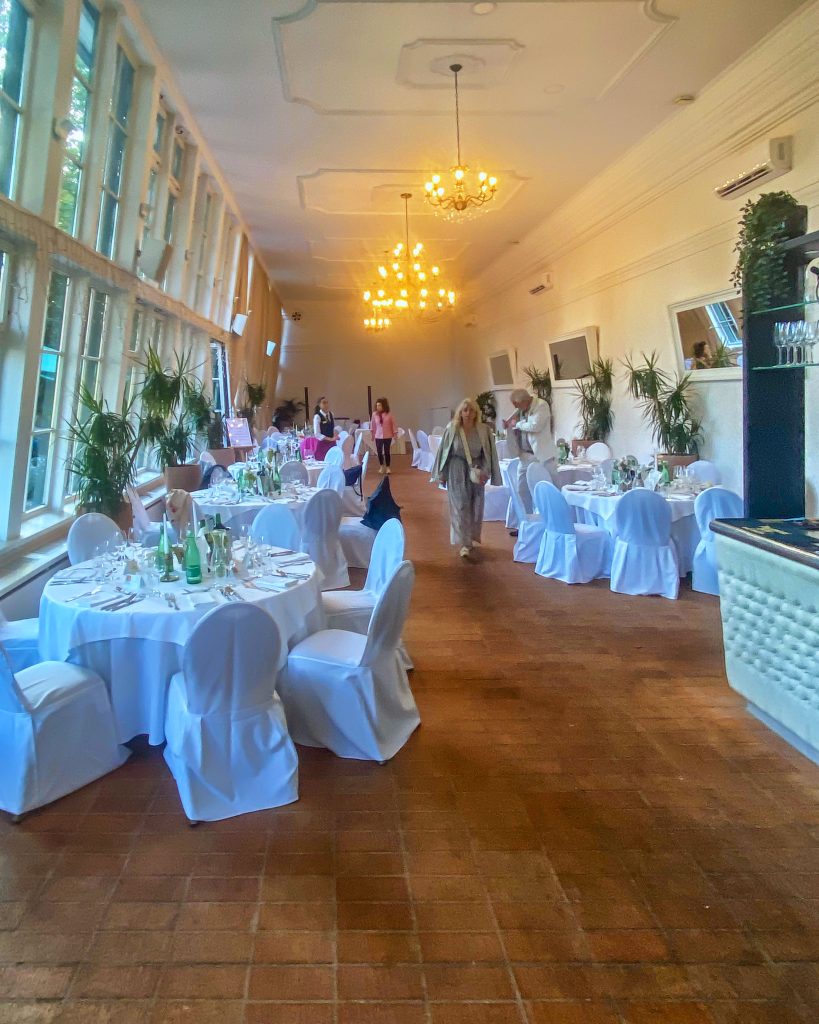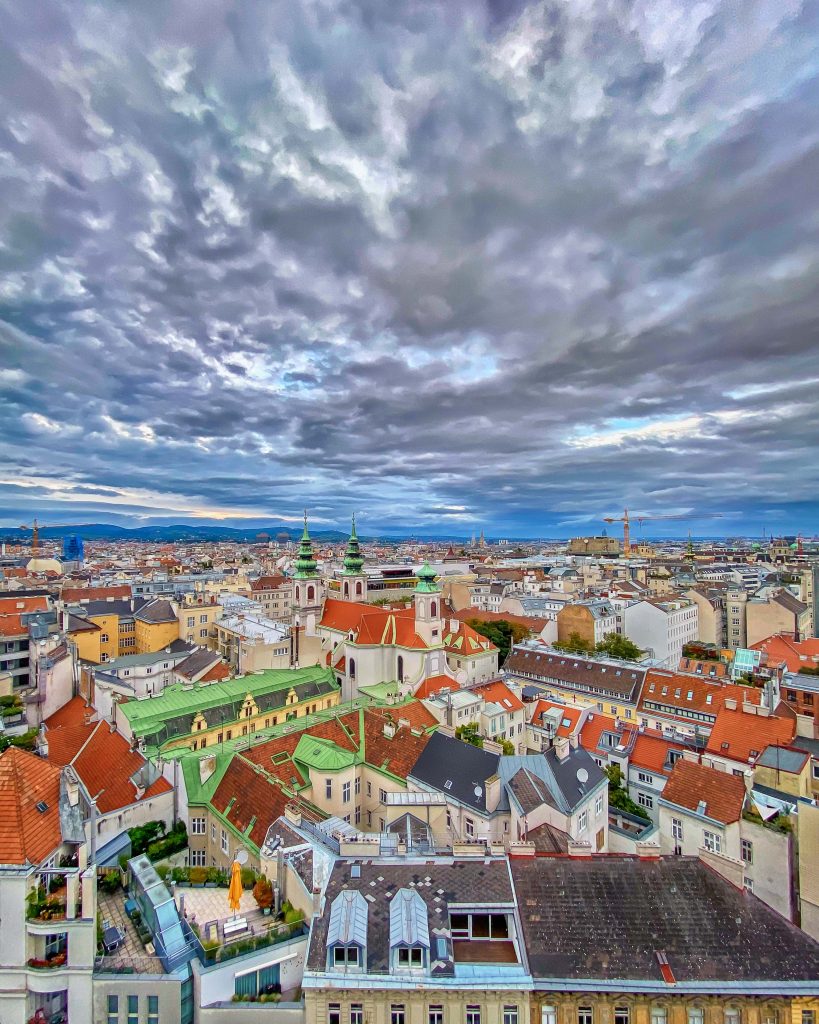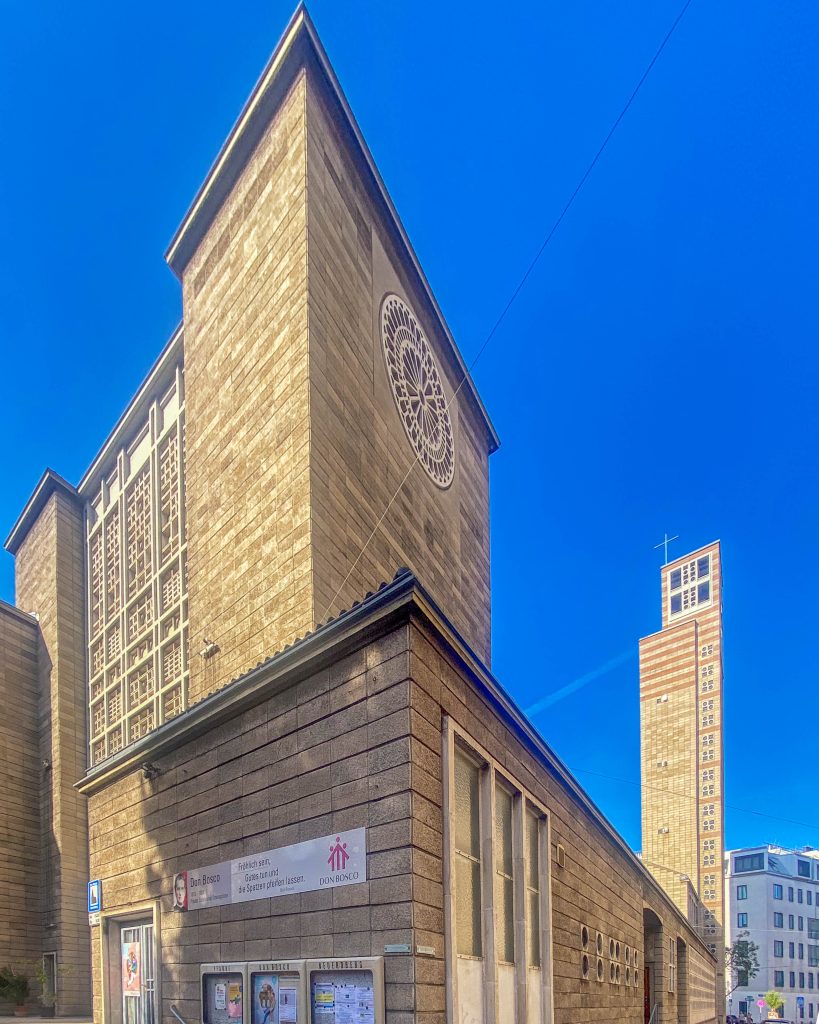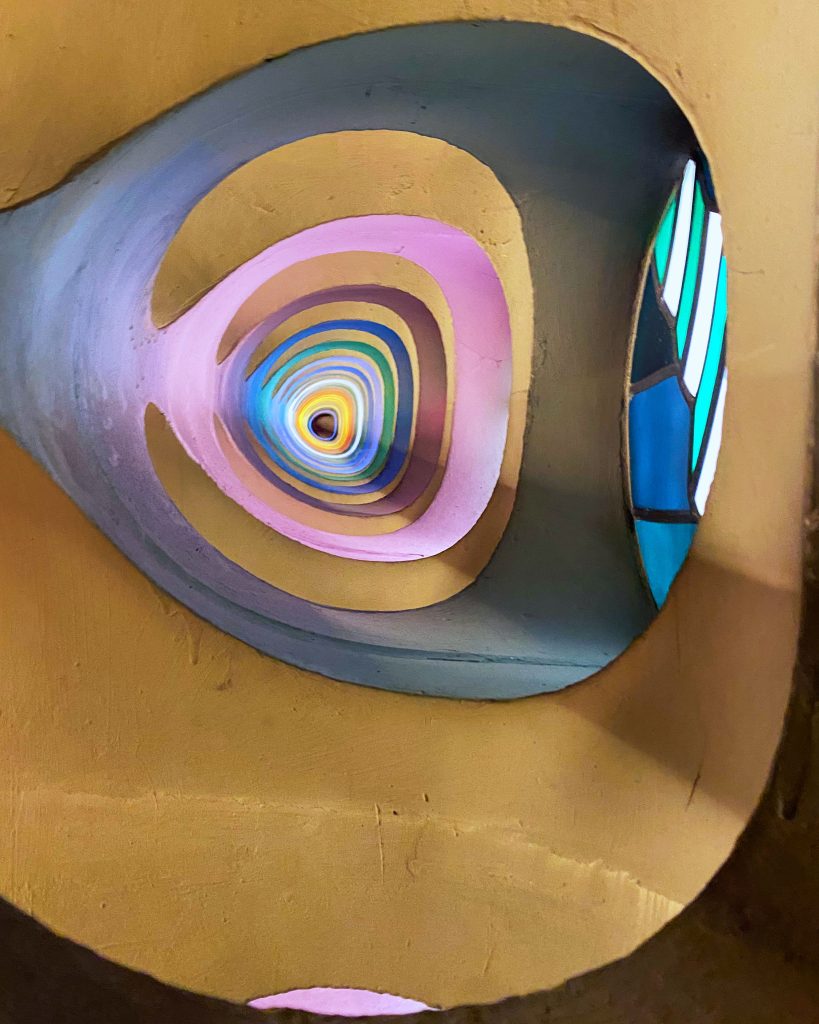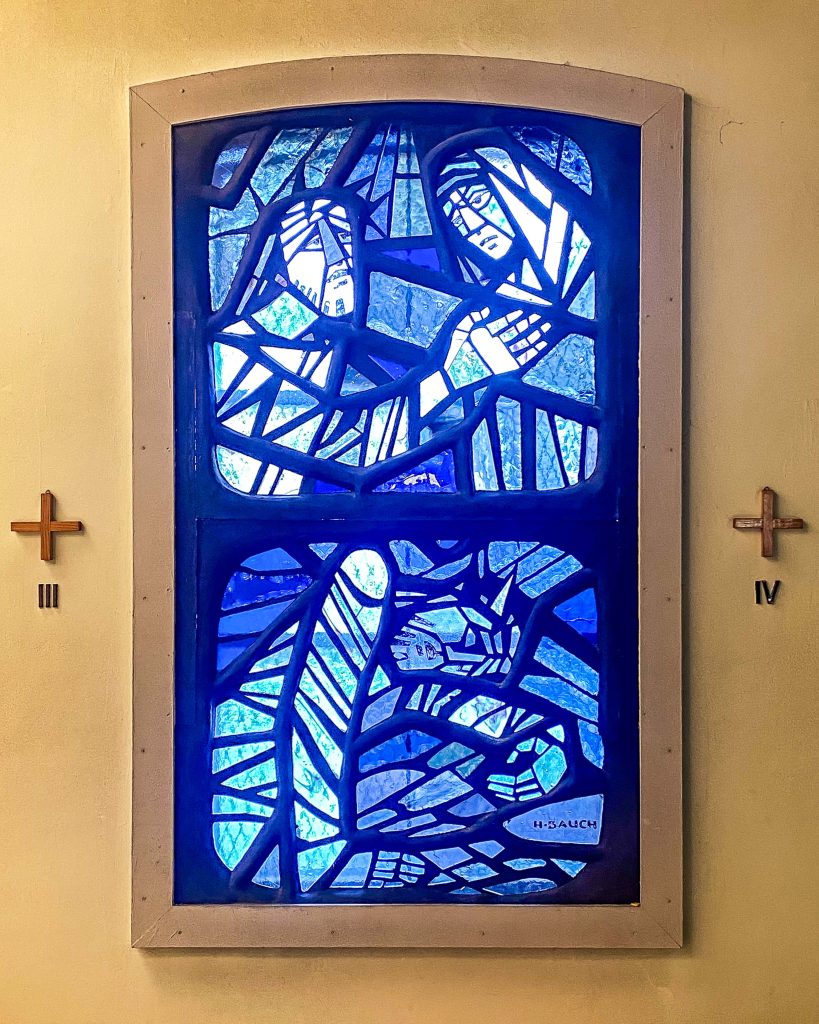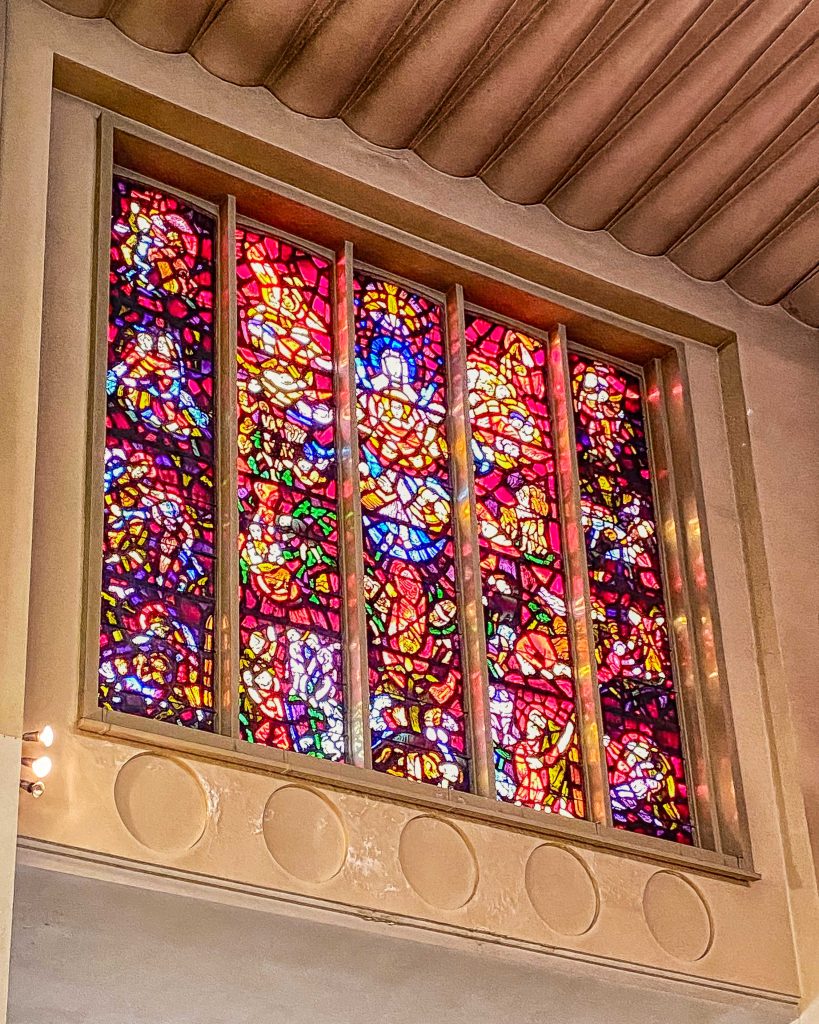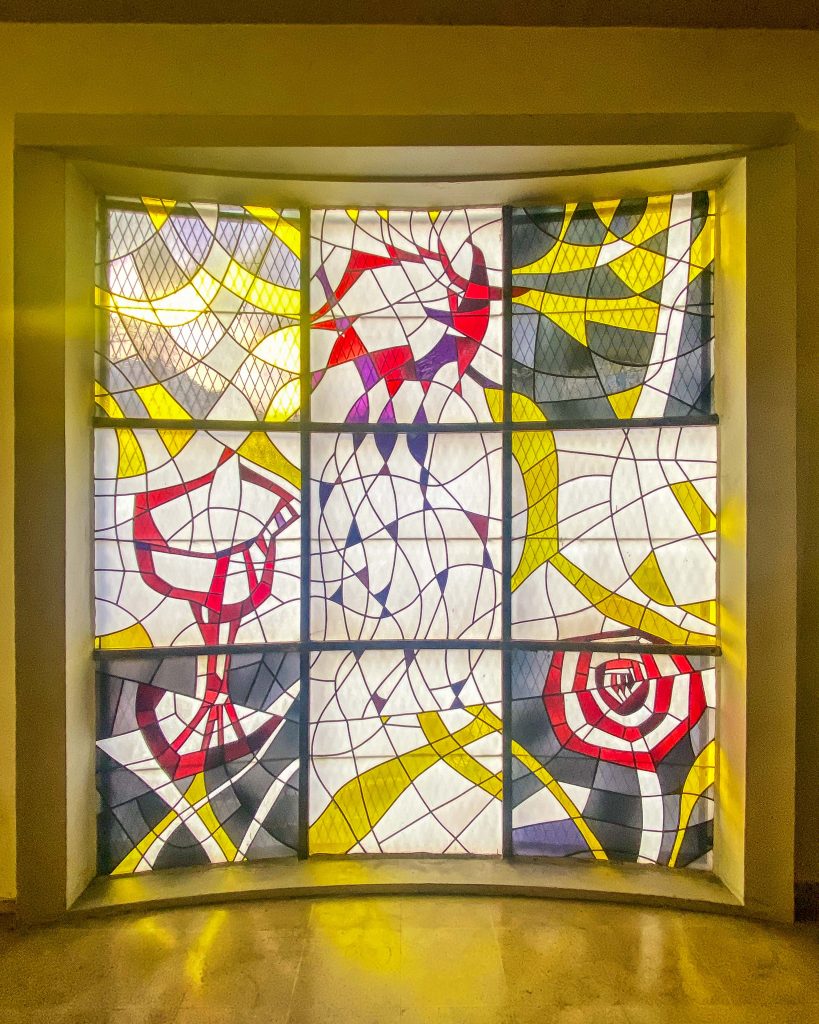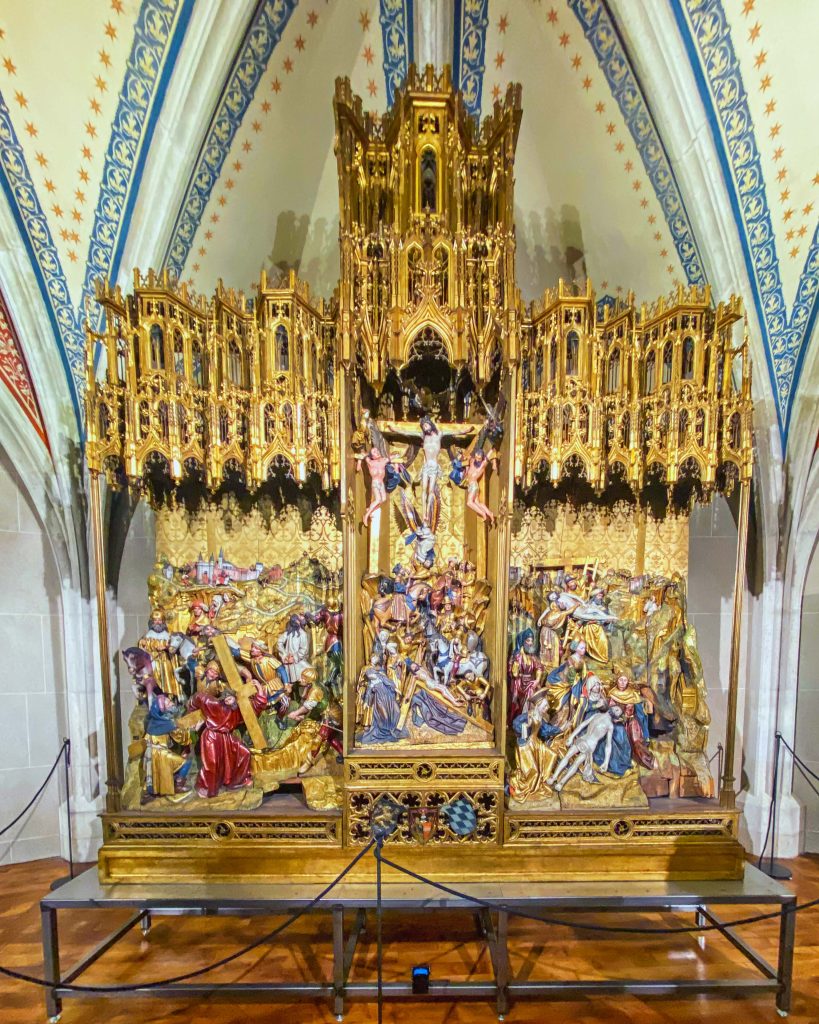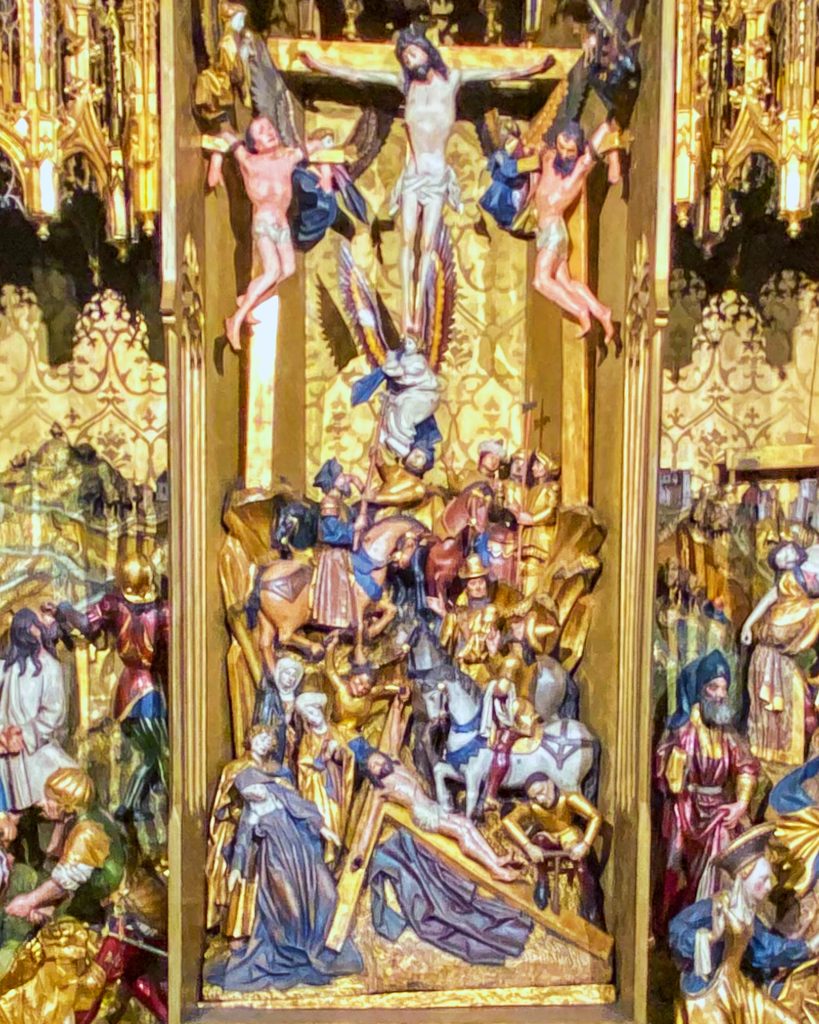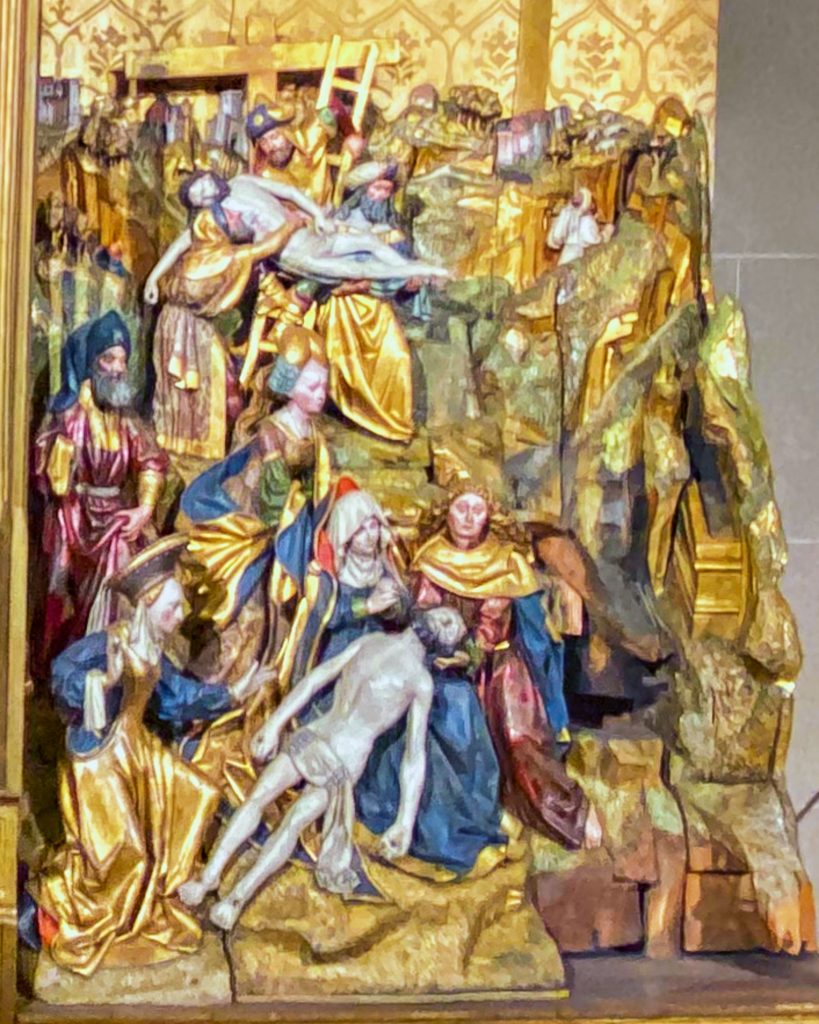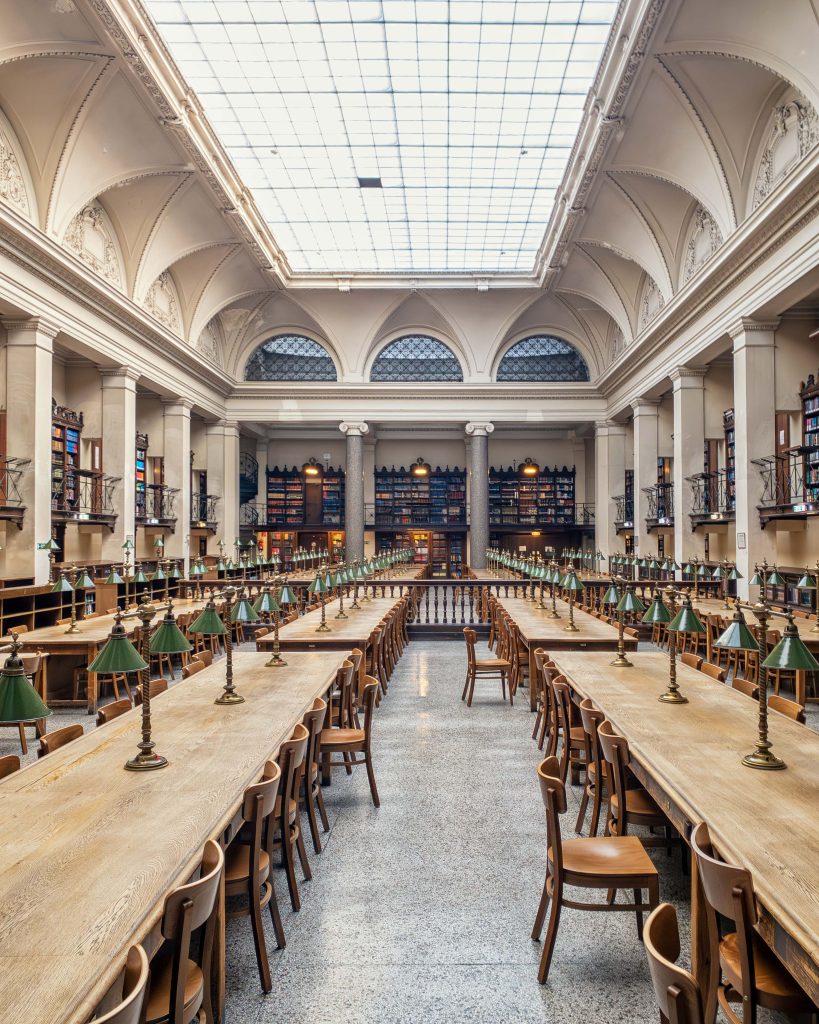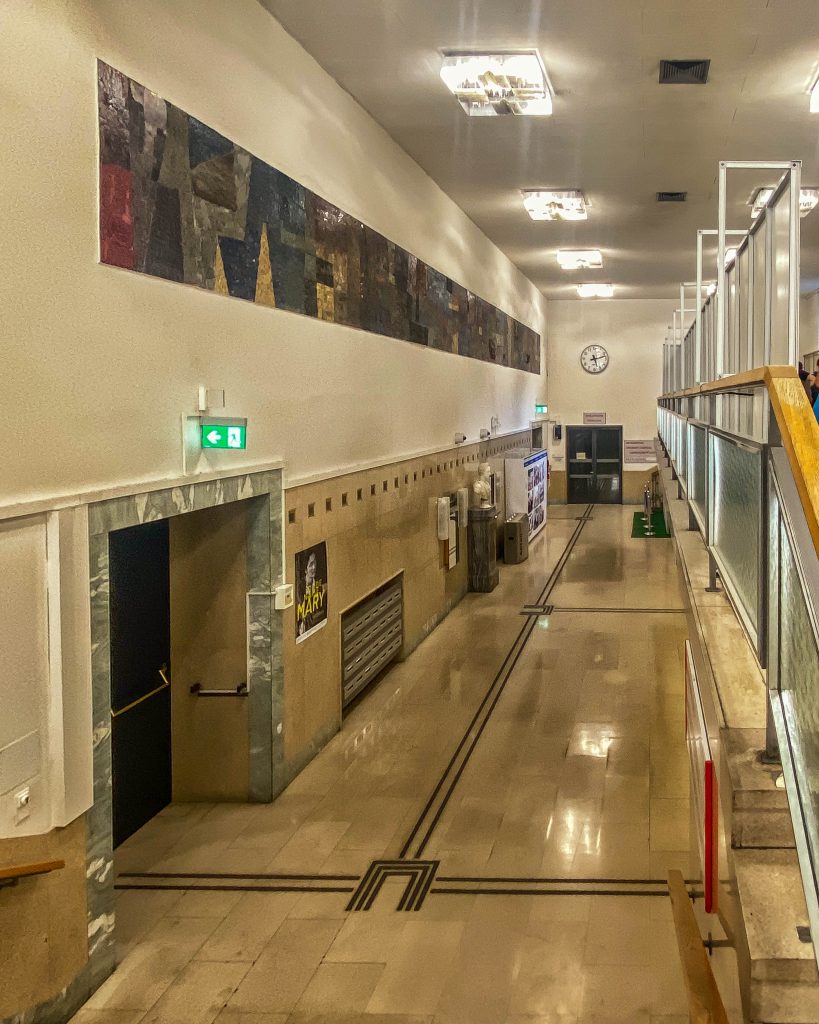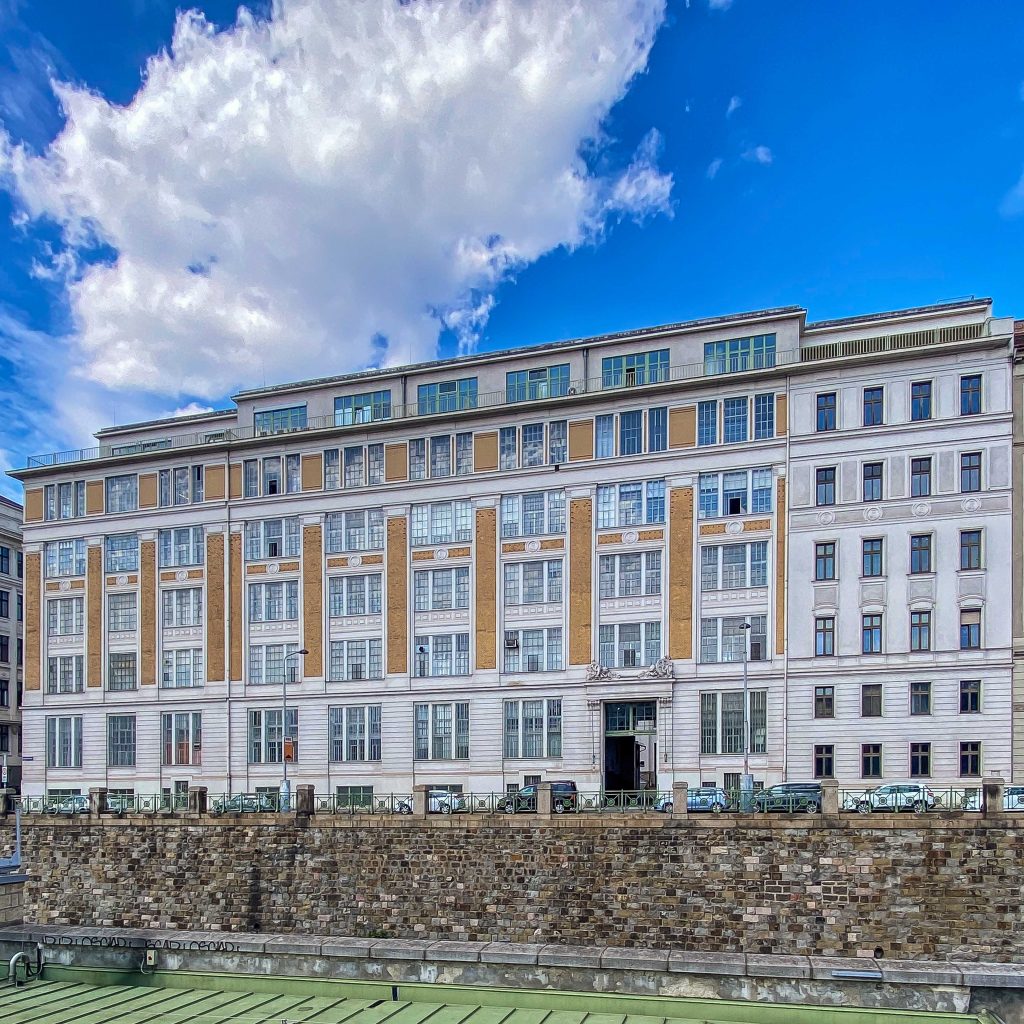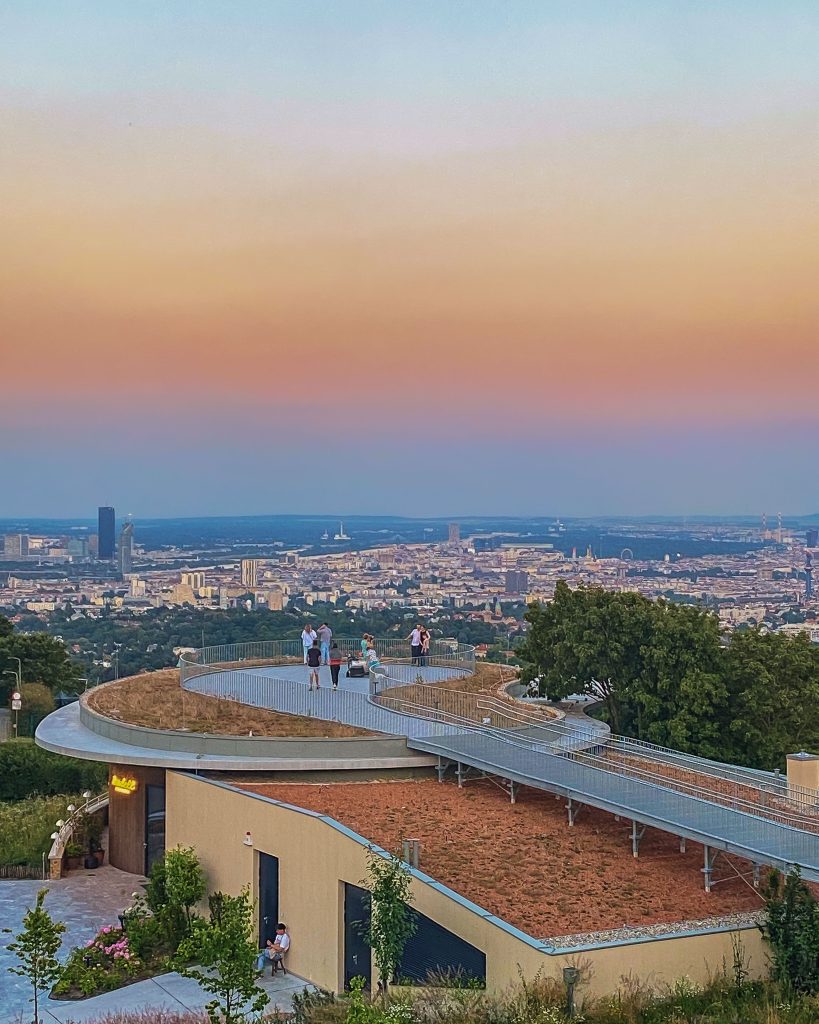Fähnrichhof
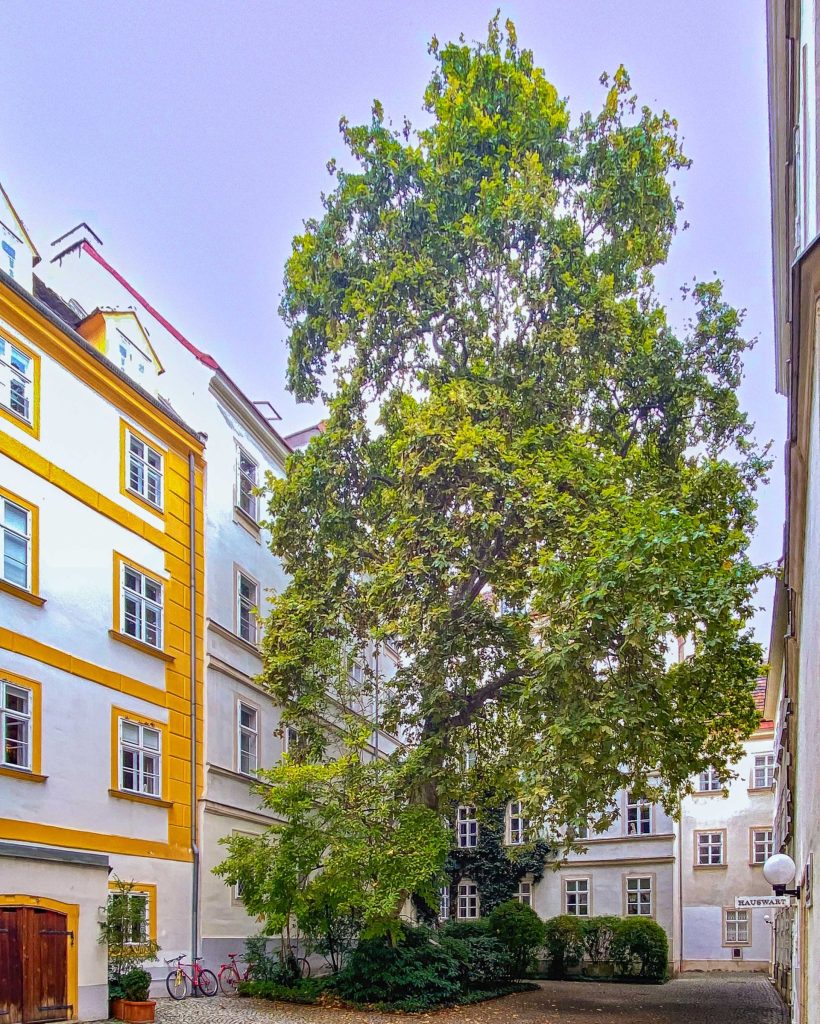

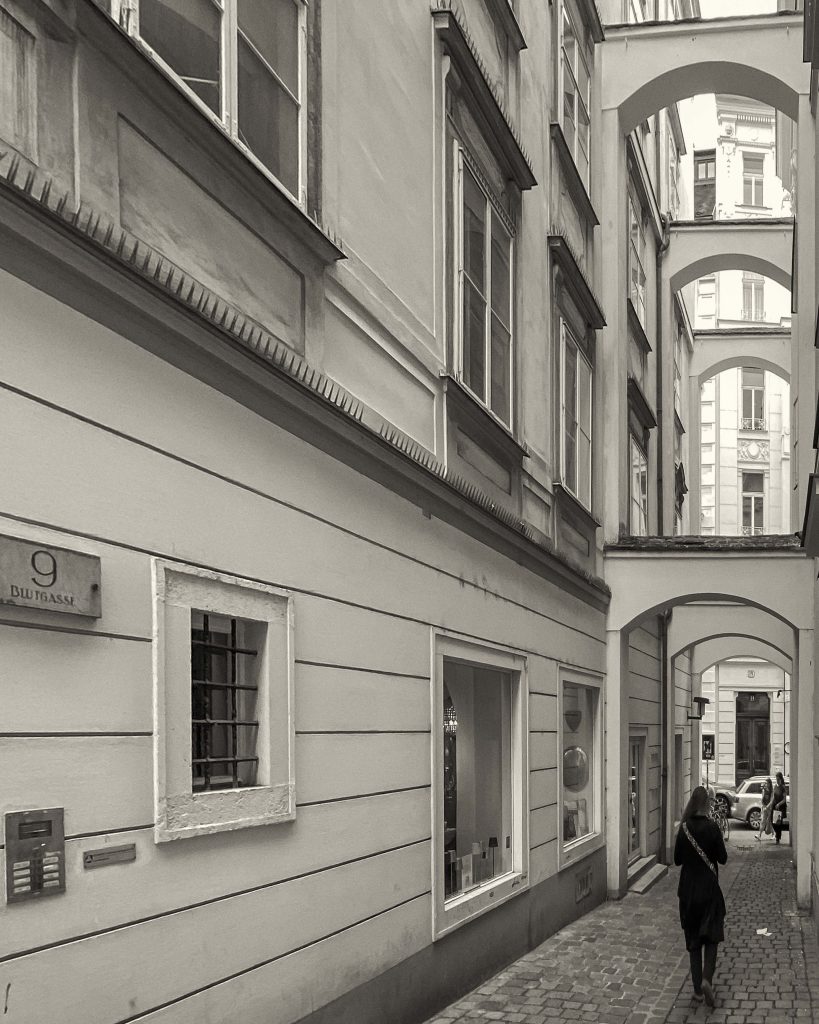
There is hardly a tour through the backyards of Vienna without a visit to the Fähnrichhof in the Inner City, which can be entered through the no less famous Blutgasse. The foundation in the 13th century is legendarily connected with the Templars, who are said to have had their headquarters there.
The eventful history of the complex, which was partly built in Renaissance style, tells of its use as a branch of the Niklaskoster, as a hostel, beer house, artists‘ studios and residence of important historical personalities, e.g. the physician and humanist Johannes Cuspinian (with the well-known cenotaph in St. Stephen’s Cathedral). The name probably derives from its use as a meeting place of a citizens‘ company.
Today, the complex of houses is considered a prime example of restoration and preservation of the historical building structure. After considerable damage during WWII, the City of Vienna took over the restoration, which was completed in 1965. In addition to the Pawlatschen (balconies) so typical for Vienna, a more than 250-year-old plane tree decorates the interior.
